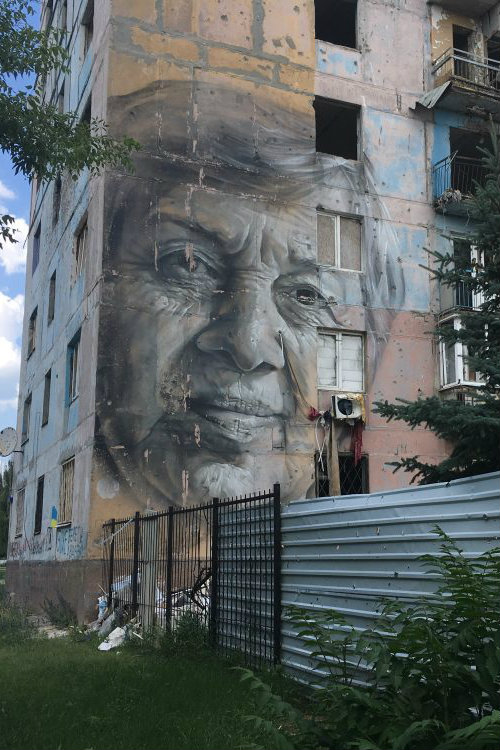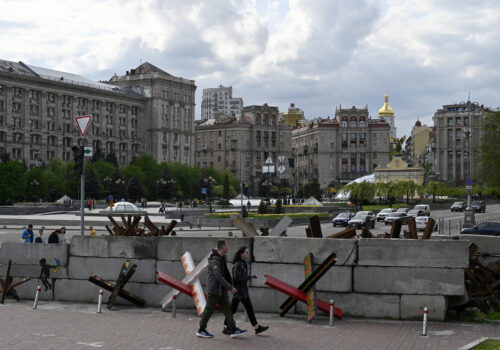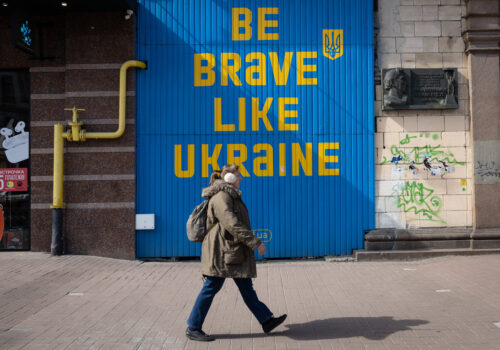Ukraine’s media environment is colored by contradiction. Significant press freedom has been marred by violent attacks on journalists from time to time. TV news channels abound, though most are owned by oligarchs. Social media has emboldened independent journalism but given rise to Kremlin disinformation. Earlier this year, President Zelenskyy sanctioned Russian-backed media channels but some complain of pressure on state media outlets. Alarmingly, the independent Kyiv Post recently closed amid allegations of editorial interference.
While independent media continue to grow in Ukraine, a majority of Ukrainians do not receive their news from these sources. What is the state of media freedom in Ukraine today? How quickly are independent media growing? What’s the best way to ensure independent news coverage on major television stations?
Myroslava Barchuk, host at Ukrainian TV channel UA: First, Brian Bonner, former chief editor of the Kyiv Post, Yevhen Hlibovytsky, partner at Ukrainian consulting firm Pro Mova, and Sevgil Musaieva, chief editor of Ukrayinska Pravda, join to discuss the direction of Ukraine’s media environment. Melinda Haring, deputy director of the Atlantic Council’s Eurasia Center, moderates.
spotlight

Resilience in the face of adversity
Ukraine’s transformation
Ukraine has moved tentatively toward an open society and market economy since independence. The country has held several democratic elections and made halting progress in addressing corruption and state control in its economy. Since the 2014 Maidan Revolution, Ukraine has undertaken significant governance and economic reform and moved decisively toward a Europe-Atlantic foreign policy. Since 2022, Ukraine has resiliently continued to advance some reforms despite fighting for its very existence against the full-scale Russian invasion.
RELATED experts

The Eurasia Center’s mission is to promote policies that strengthen stability, democratic values, and prosperity in Eurasia, from Eastern Europe in the West to the Caucasus, Russia, and Central Asia in the East.




